B01
A neuronal model for the development of schemas and their role in systems memory consolidation
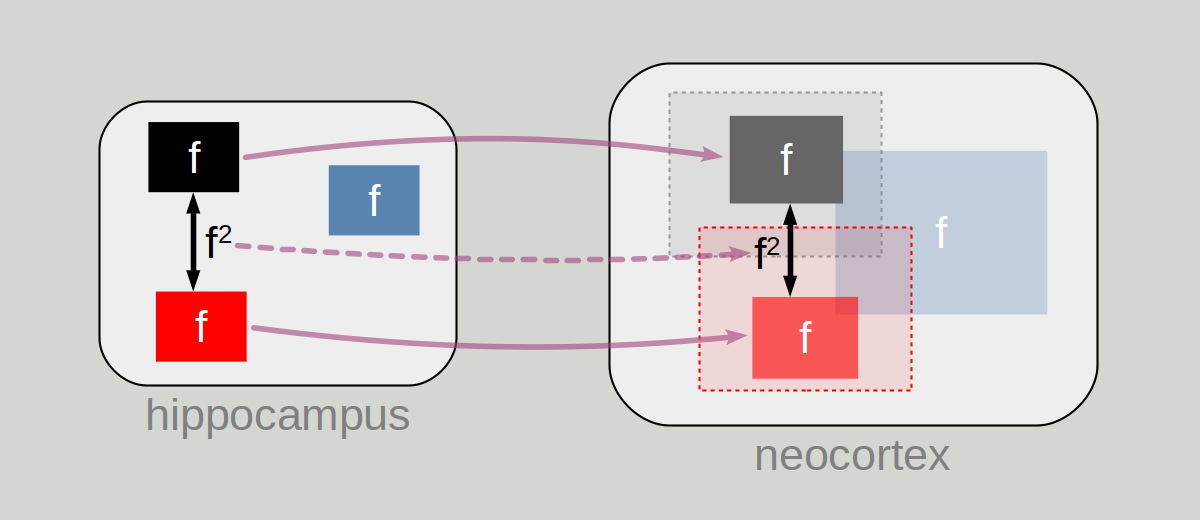
New learning of declarative memories and the consolidation of memories can be facilitated if the newly learned information is consistent with preexisting knowledge. The existence of a knowledge base or “schema” accelerates new learning and enables plasticity during acquisition to occur also outside the hippocampus. However, the neural representation underlying a schema, how it can be used to promote new learning, and the cellular/network mechanisms that allow for the development of a schema are poorly understood. Here we hypothesize that schemas are related to extra-hippocampal neural representations of memory items with particularly high population sparseness, which is theoretically highly efficient for associative learning. However, there is a lack of understanding if and to what degree high population sparseness can be achieved in neural networks. Thus, the aim of the project is to develop and test a mechanistic theory for the development of population-sparse representations of particularly significant memory items.
Graphical Abstract
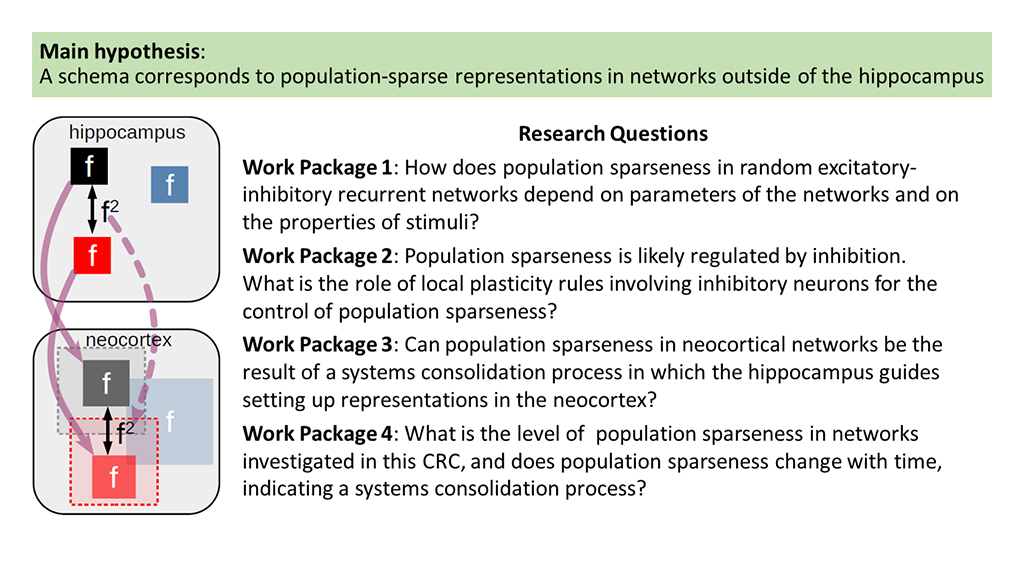 Graphical abstract: Schemas and neural representations. Top: In hippocampus-like networks, representations are sparse. The small size of bright-colored boxes indicates the small fraction f of highly active neurons representing items. Sparse representations allow fast (“one-shot”) learning of an association between two items because the fraction of synapses involved is proportional to f2 (black double-headed arrow). Bottom: Neocortex-like networks with distributed representations (pale colored boxes indicate active neurons) require slow or “interleaved” training to avoid catastrophic interference with other memories. We propose that some representations become sparser through processes related to systems memory consolidation (magenta solid arrows), which allows faster learning and faster consolidation (magenta dashed arrow).
Graphical abstract: Schemas and neural representations. Top: In hippocampus-like networks, representations are sparse. The small size of bright-colored boxes indicates the small fraction f of highly active neurons representing items. Sparse representations allow fast (“one-shot”) learning of an association between two items because the fraction of synapses involved is proportional to f2 (black double-headed arrow). Bottom: Neocortex-like networks with distributed representations (pale colored boxes indicate active neurons) require slow or “interleaved” training to avoid catastrophic interference with other memories. We propose that some representations become sparser through processes related to systems memory consolidation (magenta solid arrows), which allows faster learning and faster consolidation (magenta dashed arrow).
Team
-

Prof Dr Benjamin Lindner
Humboldt-Universität zu Berlin & BCCN
Head of the group Theory of Complex Systems and Neurophysics
-

Prof Dr Richard Kempter
Humboldt-Universität zu Berlin
Deputy Spokesperson, Head Theoretical Neuroscience Lab
-

Prof Dr Henning Sprekeler
Technische Universität Berlin
Head Sprekeler Lab - B01 Alumnus PI
-
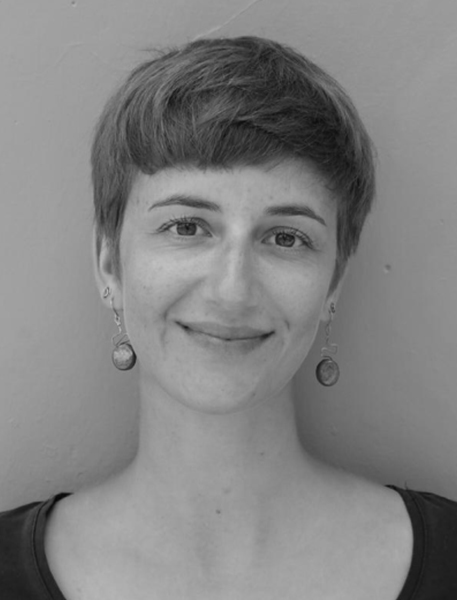
Naomi Auer
Humboldt-Universität zu Berlin
B01 PhD
-

Jakob Stubenrauch
Humboldt-Universität zu Berlin & BCCN
B01 PhD (AG Lindner)
-
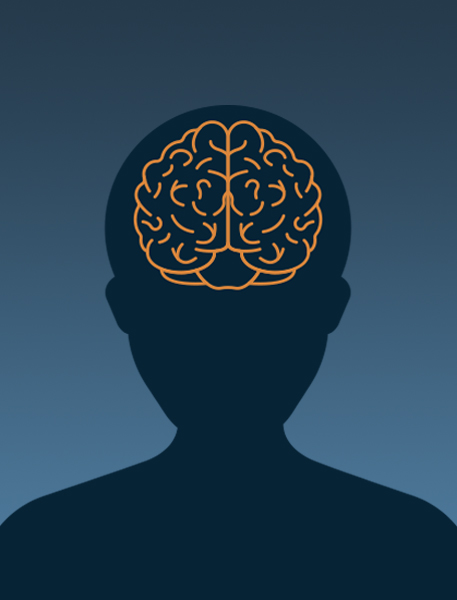
Ikhwan Khalid
Humboldt-Universität zu Berlin
B01 PhD (AG Kempter)
-

Lars Chen
Humboldt-Universität zu Berlin
B01 Student helper
-

Denis Alevi
Technische Universität Berlin
B01 Associate PhD
-

Dr Eric Reifenstein
Humboldt-Universität zu Berlin
B01 Alumnus
-
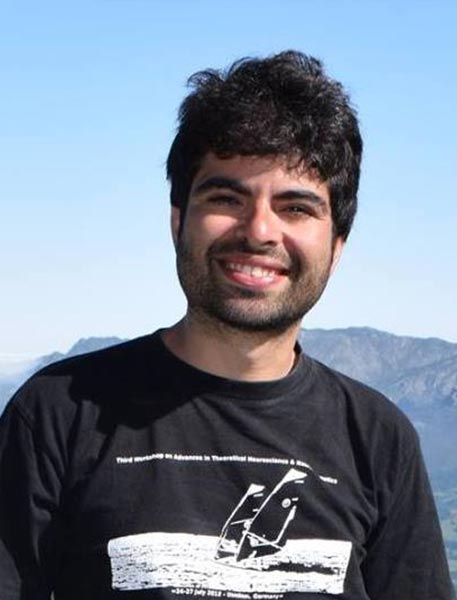
Dr Tiziano D’Albis
Humboldt-Universität zu Berlin
B01 Alumnus
Publications
Population sparseness determines strength of Hebbian plasticity for maximal memory lifetime in associative networks
Naomi Auer, Lars Chen, Jakob Stubenrauch, Benjamin Lindner, Richard Kempter
bioRxiv (2025)
Furutsu-Novikov–like cross-correlation–response relations for systems driven by shot noise
Jakob Stubenrauch and Benjamin Lindner
Phys. Rev. X 14, 041047 (2024)
Quantitative modeling of the emergence of macroscopic grid-like representations
Ikhwan Bin Khalid, Eric T. Reifenstein, Naomi Auer, Lukas Kunz, Richard Kempter
eLife 13:e85742 (2024)
Intra-ripple frequency accommodation in an inhibitory network model for hippocampal ripple oscillations
Natalie Schieferstein, Tilo Schwalger, Benjamin Lindner, Richard Kempter
PLoS Comput Biol. 20(2): e1011886 (2024)
Hebbian plasticity in parallel synaptic pathways: A circuit mechanism for systems memory consolidation
Michiel Remme, Urs Bergmann, Denis Alevi, Susanne Schreiber, Henning Sprekeler, Richard Kempter
PLOS Comput Biol 17(12):e1009681 (2021)
A neural code for egocentric spatial maps in the human medial temporal lobe
Lukas Kunz, Armin Brandt, Peter C. Reinacher, Bernhard P. Staresina, Eric T. Reifenstein, Christoph T. Weidemann, Nora A. Herweg, Ansh Patel, Melina Tsitsiklis, Richard Kempter, Michael J. Kahana, Andreas Schulze-Bonhage, Joshua Jacobs
Neuron. 109(17) 2781-2796.e10 (2021)
Microcircuits for spatial coding in the medial entorhinal cortex
John J Tukker, Prateep Beed, Michael Brecht, Richard Kempter, Edvard I Moser, and Dietmar Schmitz
Physiol Rev. 102:653–688 (2022)
Synaptic learning rules for sequence learning
Eric T. Reifenstein, Ikhwan Bin Khalid, Richard Kempter
eLife. 10:e67171 (2021)
Learning accurate path integration in a ring attractor model of the head direction system
Pantelis Vafidis, David Owald, Tiziano D'Albis, Richard Kempter
eLife 11:e69841 (2022)

Propofol modulates early memory consolidation in humans
Daa Un Moon, Nazli Esfahani-Bayerl, Carsten Finke, Daniel J Salchow, Mario Menk, Simon Bayerl, Richard Kempter and Christoph J Ploner
eNeuro. 7(3):ENEURO.0537-19.202
Recurrent amplification of grid-cell activity
Tiziano D'Albis and Richard Kempter
Hippocampus. 30(12):1268-1297 (2020)

